NORLINA, N.C. — Nowhere are the conflicting priorities of freight and passenger rail more starkly evident than a small community just south of the Virginia state line, once a junction for Seaboard Air Line routes north to Richmond and Portsmouth, Va.
Seaboard’s Florida-bound Silver Star once flew through Norlina without stopping as it took less than three hours to travel between Richmond, Va., and Raleigh, N.C. But Seaboard successor CSX Transportation decided in the 1980s that a parallel, former Atlantic Coast Line route further east could handle all the company’s freight. That meant Amtrak passenger trains would have to move, as well.
But Virginia’s planned $3.7 billion rail investment program [see “Virginia, CSX announce major rail infrastructure program,” Trains News Wire, Dec. 20, 2019] includes purchase of the now-abandoned “S Line” right-of-way through Norlina, offering a new glimmer of hope that a long-sought, much-studied higher-speed conduit to the Southeast is a giant step closer to construction.
Tracks north of Norlina to a connection with the former ACL south of Petersburg, Va., were abandoned, and those to the south were downgraded after Amtrak’s Silver Star and Carolinian were kicked off the S Line in October 1986. The main culprit: costs to maintain aging bridges, including a long one over the Roanoke River’s Lake Gaston near the North Carolina-Virginia state line.
A preliminary engineering evaluation paid for by the two states, released in February 1997, identified the route as the best available alternative capable of 100-mph operations. But in-depth analyses requiring environmental reviews and citizen outreach plodded along for 20 years until the Federal Railroad Administration finalized its Tier II Environmental Impact Statement on March 24, 2017.
In the interim, North Carolina concentrated its limited funds and grant requests on improvements to the existing Charlotte-Raleigh Piedmont corridor, a beneficiary of over $500 million in federal stimulus grants in 2010.
But the state’s Rail Division Director Jason Orthner, P.E., tells Trains News Wire, “There has never been a moment when we stopped momentum on the S Line. … We’ve had highway projects that have hung around for 30 to 40 years just because it takes a lot of resources and there is not unlimited funding, even for roads.”
The Record of Decision, which prescribes detailed engineering plans calling for 22 minor corridor realignments from the original right-of-way, triggered both Virginia’s land acquisition investment plans and Tarheel State improvements south of Norlina at Ridgeway, N.C., the current end-of-track, to Raleigh.
In Virginia, Chris Smith, spokesman for the Department of Rail and Public Transportation, says the agency “will need to conduct survey work following the finalization of the S Line acquisition from CSX later this year” before it can offer any details on its plans going forward.
In North Carolina, transportation projects compete for funding through a scoring system that assigns more points for positive impact to the most possible users. So highway overpasses usually top the list, since drivers, rail freight, and potential rail passengers all benefit. Grade separations are expensive, but the completed S Line decision enabled the state to win a $10 million Consolidated Rail Infrastructure and Safety Improvement grant that is helping it pay for four projects totaling $83 million through an increasingly congested area between Raleigh and Wake Forest, N.C.
“Conflicts between vehicles and trains are always the weak link; they play into both safety and reliability,” says Orthner. The work is set to begin this year; getting it done will enable his division to devise a plan to incrementally add trains north from Raleigh Union Station as upgrades are completed.
CSX S Line track that once accommodated Seaboard and Amtrak streamliners is now maintained at Class 2 standards: 25 mph for freight and 30 mph for passenger trains.
The possibility of first extending Piedmonts 15 miles to Wake Forest or 44 miles to Henderson, where a station is proposed, “would require a significant amount of work to introduce new service,” says Orthner. His department is working on a price tag for individual segments, investigating federal discretionary grant opportunities, and attempting to get projects included in the state transportation funding program. Heavy population density with few roads in that area mean any improvements would create immediate benefits for both travelers and freight on both highways and rails.
Yet the estimate for completing the entire route to Richmond’s Main Street Station is slightly bigger than Virginia’s entire investment: $3.8 billion. In addition to construction, the number includes $24.5 million for more environmental work, $775 million for right-of-way acquisition, and $61.4 million for utility relocation.
“Highways enjoy formula funding based on allocations [from the Highway Trust Fund] to states, not competitive grants,” says Orthner. “I testified to Congress that there has to be a level of funding beyond discretionary grants if there is a real interest in developing a national system. That’s why we look at incremental development. We create a much larger program, then try to match funding opportunities to what can be built.”
Today’s Silver Star and Carolinian are scheduled for more than 3½ hours to traverse the circuitous 197 miles between Richmond and Raleigh via Selma, N. C., This includes recovery padding for anticipated freight congestion delays, which in reality can cause serious tardiness if they occur on the mostly single-track corridor south of Petersburg, Va.
At 161 miles, the more direct S Line, when completed, will enable trains to lop off at least an hour from current travel times and pave the way for more frequencies along the developing Southeast Corridor. These could potentially extend as far as Atlanta if the states of South Carolina and Georgia are inclined to support passenger rail investment.
While North Carolina continues to seek grants, Virginia’s move gives the project an invaluable boost and energizes the possibility that it will someday be completed.





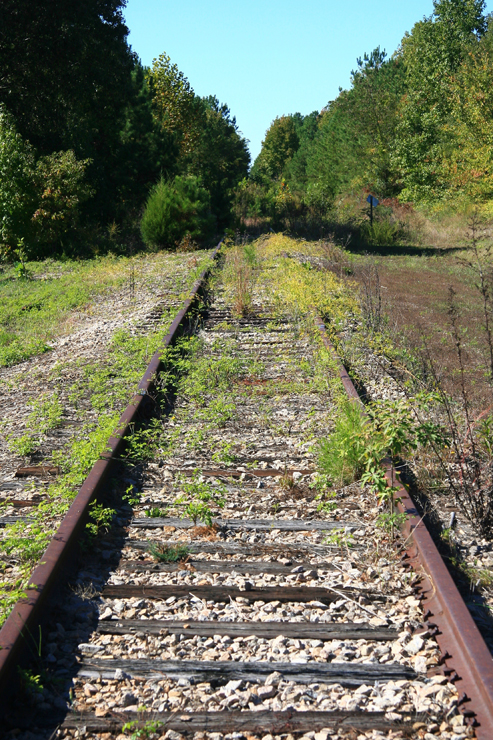
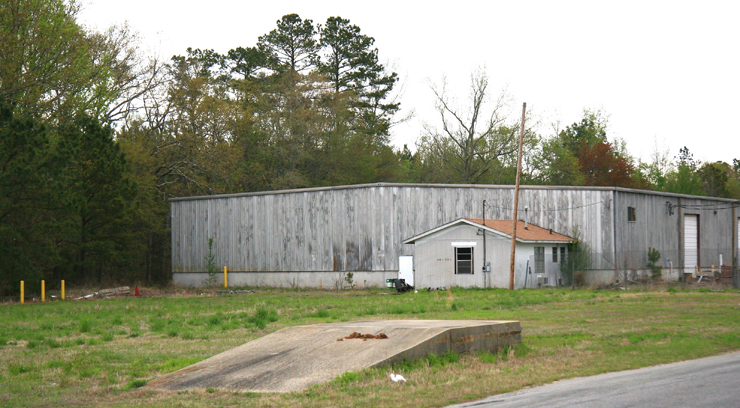

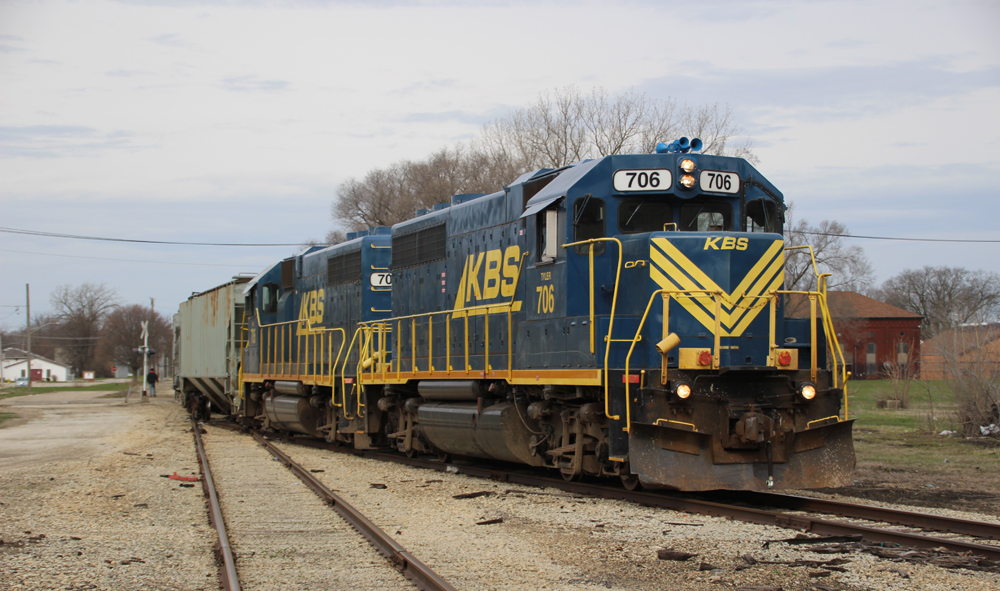
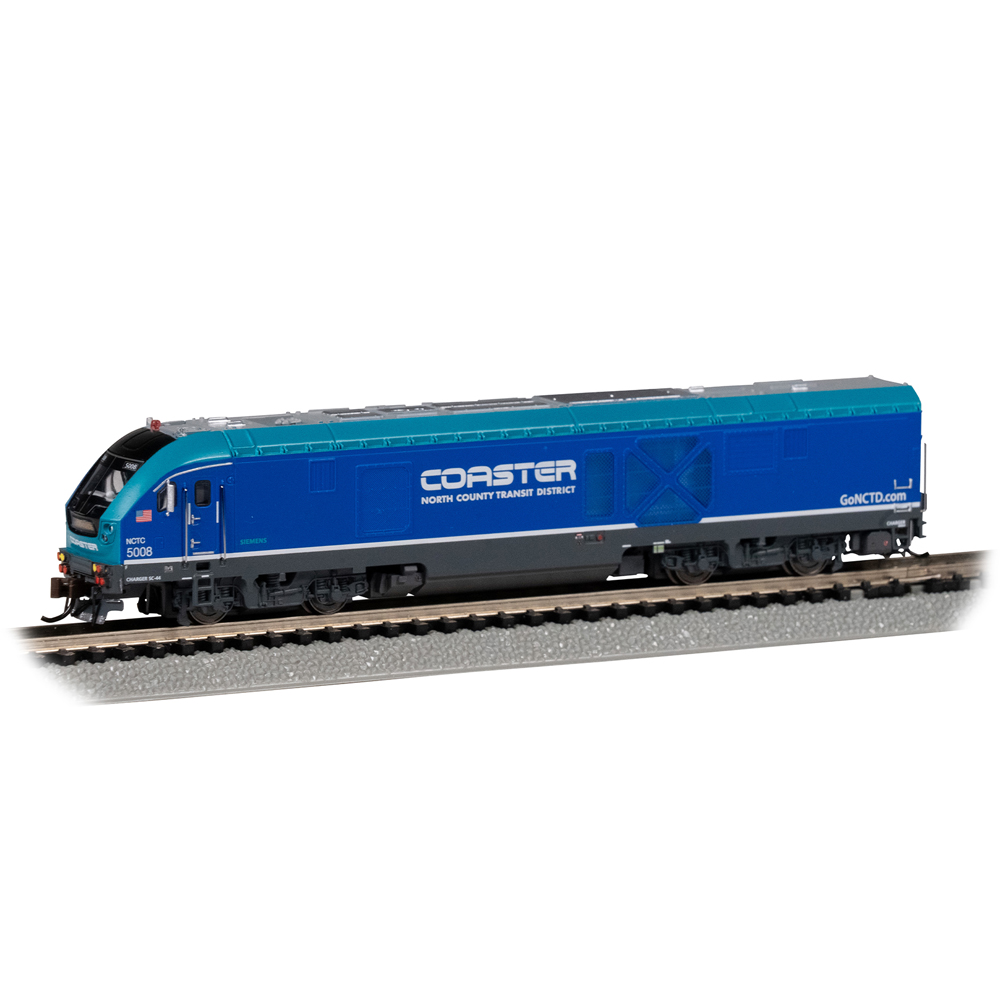
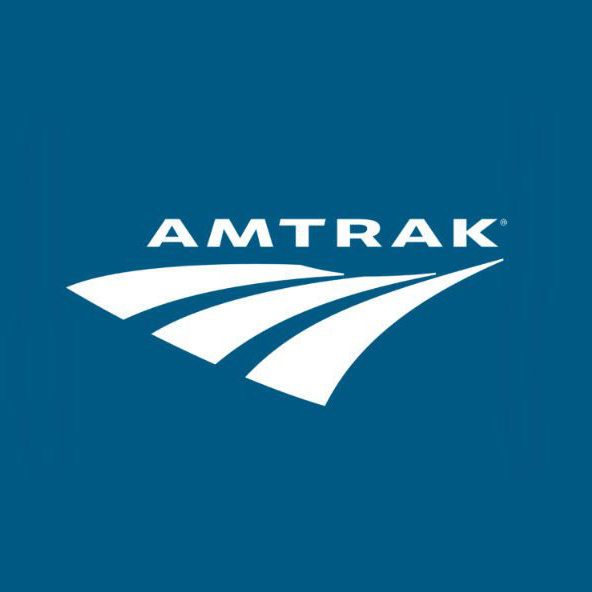
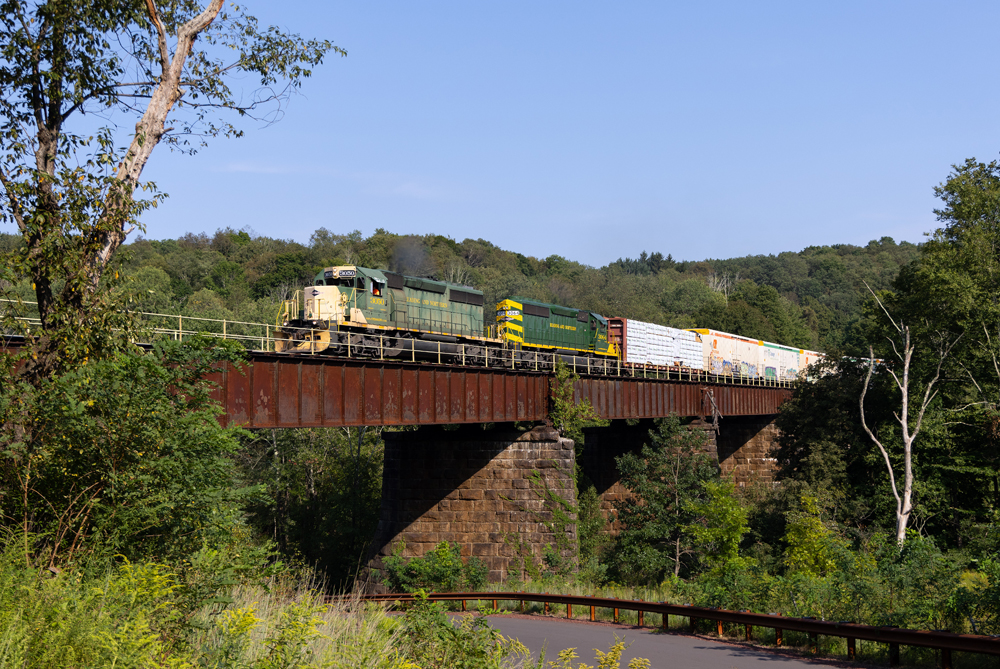




Not too many years after the S-line was pulled up, I noticed that the building shown in Dinwiddie (just south of Petersburg, VA.) had been constructed…..I was puzzled because I thought CSX still owned that ROW. Yes, many have shaken their heads at CSX’s decision to single track much of the old ACL route …… as noted, this is the main rail artery along the east coast of the USA…throw in Northeast to FL. Amtrak trains, and things can get pretty hairy trafficwise at times.
Looking at the quiet, abandoned SAL ROW these days, it’s hard to imagine that once upon a time, the great Orange Blossom Special once burnished the rails through this area in the era before NY to Miami travel by air became the norm.
I think they’re gonna do it, eventually. At least they’ll have the right of way, to start with.
If it took them 20 years just to analyze the situation, I doubt anything will ever be done other than to talk the project to death.
I appreciate this series on Virginia and North Carolina’s passenger rail efforts. Thanks!
CSX has abandoned or downgraded other former mainlines: two ex-B&O segments come to mind, Parkersburg-Cincinnati and farther west in southern Illinois to St. Louis. Did these cutbacks all happen under the same management at CSX?
The northern end of track is just off in the weeds in the photo at Norlina.
The right of way from Norlina to Petersburg has no track and is completely overgrown — US Route 1 parallels the route for the most part and I’ve looked at the ROW off and on over the last 20 years. It would need to be rebuilt.
Also, if you check a Gazeteer or a topo map, the SAL line was not dead straight, it winds and wends around the topography from Lake Gaston up to McKenney. For it to be a real high speed route I’d imagine the right of way would need a number of realignments. I give credit to the SAL crews for the timekeeping on their varnish.
I have to say, over my 20 years living in Richmond I been consistently impressed at how Virginia has been diligently investing in rail transportation, freight and passenger related. While the C&O route from Doswell to Clifton Forge seems pretty impractical as a passenger route, the SAL line to North Carolina seems likely to proceed.
By the way, there is a junction at Norlina; a separate Seaboard Air Line route went east to Weldon NC on its way to Hampton Roads. The track was also pulled out from Norlina to Weldon (I’ve driven the route); at Weldon there is a tie-in to the former Atlantic Coast Line route and CSX uses the segment from Weldon to Hampton Roads. I’ve long wondered why CSX hadn’t kept intact the section from Norlina to Weldon to use as a bypass / overflow for the A line.
The 80s were a time of serious track cutting. As has been frequently discussed, the ACL route from Petersburg to Rocky Mount is single track also (though I think the ACL might have done that part when they went to remote signalling). The ROW is there for double track and the bridges, with the exception of the big bridge at Weldon, are double track capacity also. The Michael Ward regime spent a bunch of money putting back the second track from Petersburg to Stony Creek just a few years ago. Some of the money for that came from the Commonwealth’s coffers, I believe.
What would be the possibility of the North Carolina Railroad buying this portion of the S line from Raleigh to Norlina and letting CSX use it as NS uses the other trackage that NCRR owns?
Anna Harding – So will Lou Costello. Third base.
Whenever it comes to rail, passenger or freight its considered “Impossible, can’t be done” good thing they didn’t think that way 150 yrs ago or we’d still be riding on horses & buckboards. That thought never crossed their mind though when it came to the interstates too much money to be made by oil, auto, real estate, etc. interests.
Mister Zajac:
You know, we could always use to Guatemalan approach. There, the lessor tried to revive a dormant rail system, put money into it, and got it off the ground. Then, and apparently because of insufficient mordida, the government clamped down and threw them out.
By the time it was all settled thieves had come in and stolen the bridges, the rails, and anything else they could pry loose.
There is now no point in trying to re-establish rail service in Guatemala.
Maybe we should try a similar approach here …
The above comments are cynical in nature and do not form the basis for an attorney/client relationship. They do not constitute legal advice. I am not your attorney. Any bank in town will give you two fives for a ten but we’re the only bank in town that will give you two tens for a five.
The first picture was taken in Norlina at the northernmost point that CSX kept.
The rest in between is overgrown and as the second picture shows, has encroachments in this and other places.
The S-Line rebirth will probably never happen. But, CSX must still have connections from the old days in Richmond because they got the state to pony up for the S-line and the original C&O lines to Clifton Forge…two absolute boondoggles.
What fools!
In the photograph, the track and ballast look in good condition albeit quaint with rust on rails and overgrowth of vegetation.
When Thomas Rice became became the Coast Line’s president in 1957, he began a program to convert the “A” Line (the ACL’s Richmond-Jacksonville mainline) from ABS/double track to CTC/single track with long sidings or double track in congested areas. Southern did the same to its Washington-Atlanta and Cincinnati-Harriman, TN, (the “Rathole”) mainlines; Seaboard’s Richmond-Jacksonville mainline (the “S” Line) was already CTC/single track. It was a logical approach to “right-size” the trackage for diesel operations, declining freight traffic, and fewer passenger trains. Southern was able to later reinstall double-track in places to handle increased business because it had kept the old roadbed clear for its off-track M/W equipment.
It would seem that to reinstall the Norlina-Weldon line (about 37 miles) plus restore the double track on the “A” Line from Weldon to Petersburg, with some sections of triple-track, would be easier and cost less than restoring the “S” Line from Norline to Petersburg.
Narrow minded money grubbing and no national transportation policy lead to such a moronic decision. It always more costly to bring back what has been eliminated. The railroads have been poor stewards of its business decisions and PSR continues the beat.
Some years ago, the S-Line made someone’s list in TRAINS-MAG of routes that never should have been closed. (This and the Rock Island line east-west OKC to Memphis).
How brain-dead does one have to be. There remains one line, the A-line, which is single track, paralleling the east coast of the United States.
Passenger or freight, or both, anyone with a brain would have kept this railroad in operation.
It’s the bridge over Lake Gaston, not Lake Aston…
Regardless, we can only hope the S-line will return!
Twenty years for an in depth study. I wonder how many people got rich off that bureaucratic waste. Imagine how much less it would have cost to restore the ROW 20 years ago.